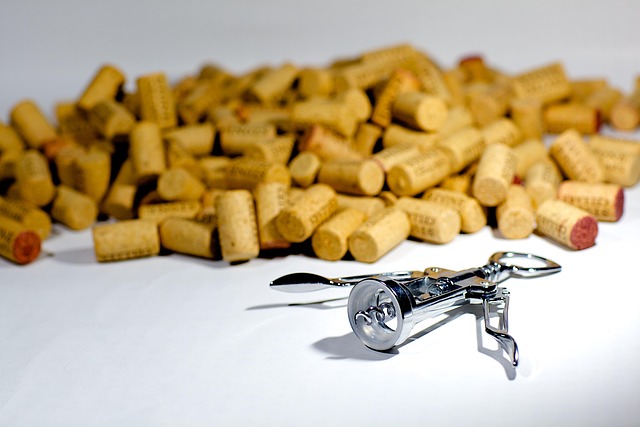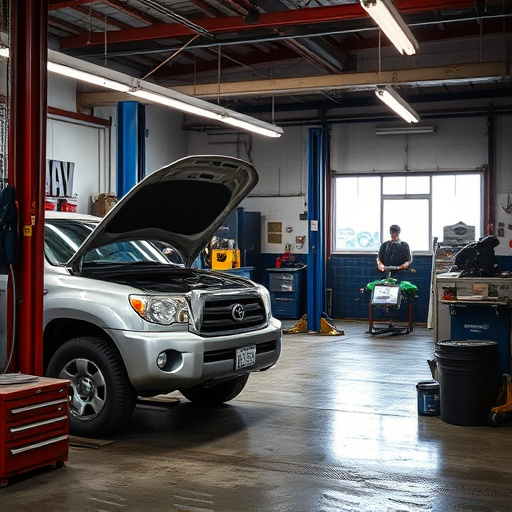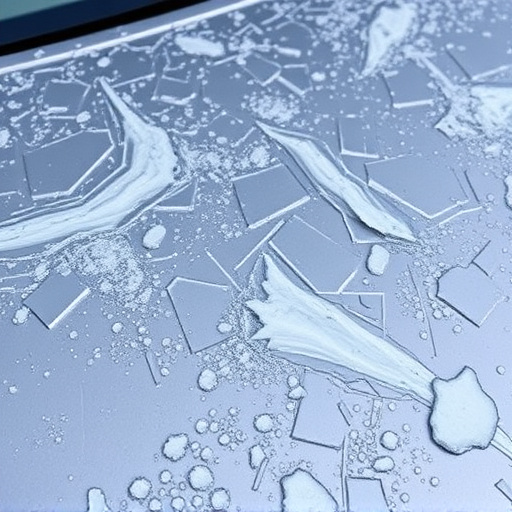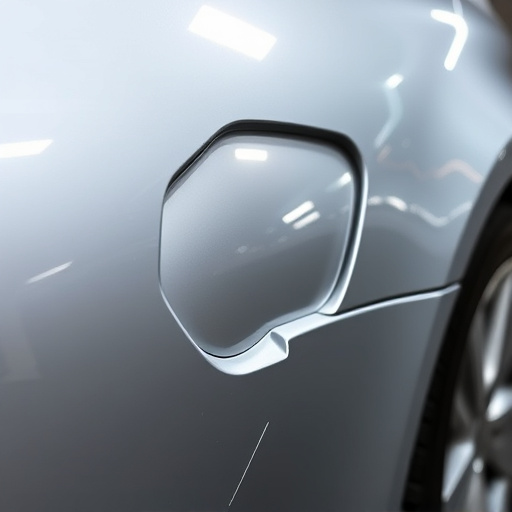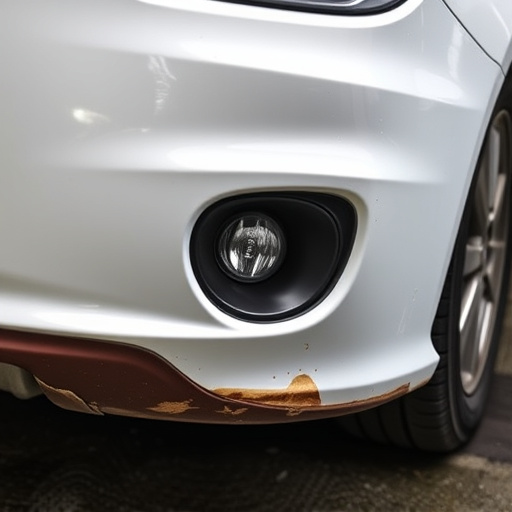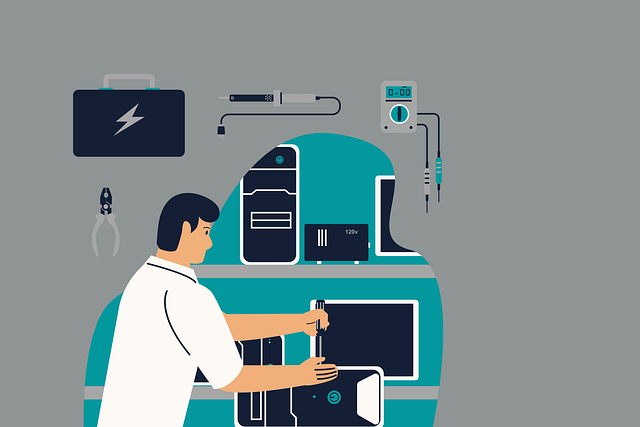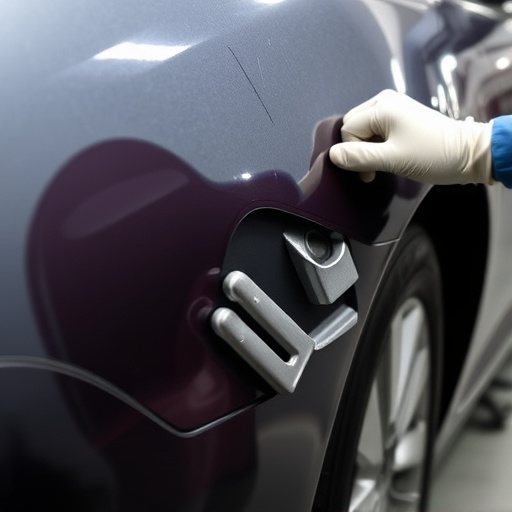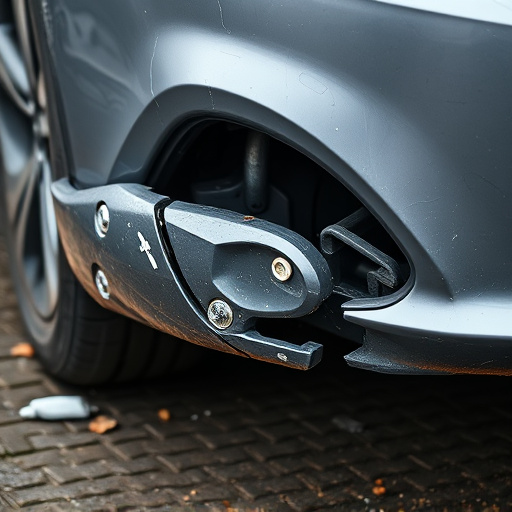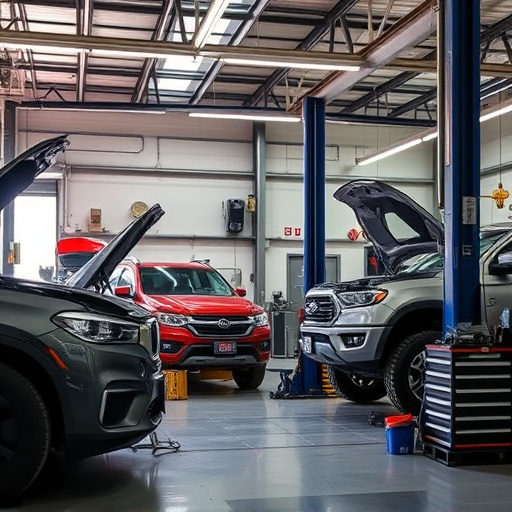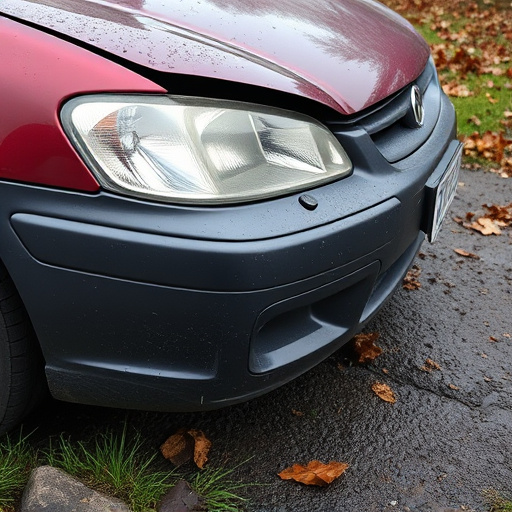PDR (Paintless Dent Repair) is a specialized, cost-effective method for fixing vehicle dents without painting or replacing panels. Using tools like plastic mallets and air guns, technicians gently manipulate damaged areas to restore the car's original shape. Effective PDR requires detailed knowledge and an eye for detail, with training crucial for success. Learning curves vary; individuals can become proficient in weeks to months, but expertise takes years of practice.
Discovering how long it takes to master PDR (Paintless Dent Repair) techniques is crucial for anyone eager to enter this field. This article breaks down the journey from novice to expert, exploring key factors like prior experience and dedication that influence learning time. We guide you through the learning curve, from understanding foundational skills to achieving mastery in advanced applications. Additionally, we offer actionable tips to accelerate your learning process, ensuring a successful PDR techniques education.
- Understanding PDR Techniques and Their Complexity
- – What are PDR techniques?
- – Key factors influencing learning time (e.g., prior experience, dedication, resources)
Understanding PDR Techniques and Their Complexity

PDR techniques, or Plastic Deformation Repair, involve a specialized and intricate approach to fixing dents and damage on vehicle bodies. Unlike traditional auto dent repair methods that might rely on more invasive procedures such as painting or replacing panels, PDR focuses on restoring the car’s original shape by gently pushing and pulling the affected area back into place. This not only preserves the aesthetics of the vehicle but also significantly reduces the time and cost associated with conventional car body repair.
The complexity of PDR techniques stems from their precision-based nature. Technicians must possess a deep understanding of how various materials deform and respond to pressure, as well as an eye for detail. The process often requires specialized tools like plastic mallets, air guns, and clamps, each designed to manipulate specific types of damage. Proper training in auto dent repair using PDR methods is crucial to ensure effective and lasting results, making it a sought-after service among those who value both the performance and appearance of their vehicles.
– What are PDR techniques?
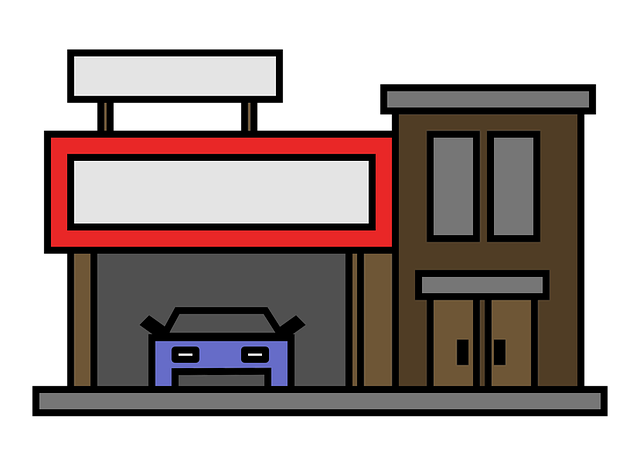
PDR techniques, short for Paintless Dent Repair, are advanced methods used to fix minor damage and dents on vehicle bodies without applying paint or performing extensive body work. This innovative process has revolutionized the automotive industry, offering a cost-effective alternative to traditional dent repair. By utilizing specialized tools and expertise, PDR technicians can efficiently remove dents, creases, and other imperfections from car bodywork, leaving vehicles looking as good as new.
The technique involves accessing the damaged area internally, often by inserting thin tools behind the dent to push or pull it back into place. This non-invasive approach ensures minimal disruption to the original factory finish of a vehicle. PDR is particularly useful for addressing small dents, scratches, and creases caused by minor collisions, parking mishaps, or accidental door dings. As a result, many body shop services now offer PDR as part of their portfolio, providing customers with a faster, more affordable option for car bodywork services while maintaining the vehicle’s overall value.
– Key factors influencing learning time (e.g., prior experience, dedication, resources)

The time it takes to learn PDR (Paintless Dent Repair) techniques can vary greatly from person to person. Several key factors significantly influence this learning curve, including prior experience with car dent repair, one’s dedication to mastering the craft, and the availability of quality resources. For instance, someone with no previous collision repair shop experience will likely require more time to grasp the fundamentals compared to an individual who has already honed their skills in auto dent repair.
Dedicated students with a strong work ethic and access to comprehensive training materials can reasonably expect to become proficient in PDR within several weeks or months. However, becoming truly expert in various techniques and achieving a high level of precision might take years of consistent practice and learning. The versatility and convenience of PDR, making it popular among many collision repair shops, also contribute to the wide range of learning times, as individuals can tailor their studies to fit their unique schedules and goals in the field of car dent repair.
Mastering PDR techniques takes varying amounts of time depending on individual factors such as prior automotive knowledge, level of dedication, and access to quality resources. While some enthusiasts may pick up foundational skills in a few months, achieving proficiency and precision can take several years. Consistent practice, dedicated study, and hands-on experience are key to becoming proficient in PDR techniques.
